Home>Storage & Organization>Decluttering Tips & Tricks>How To Let Go Of Things And Declutter
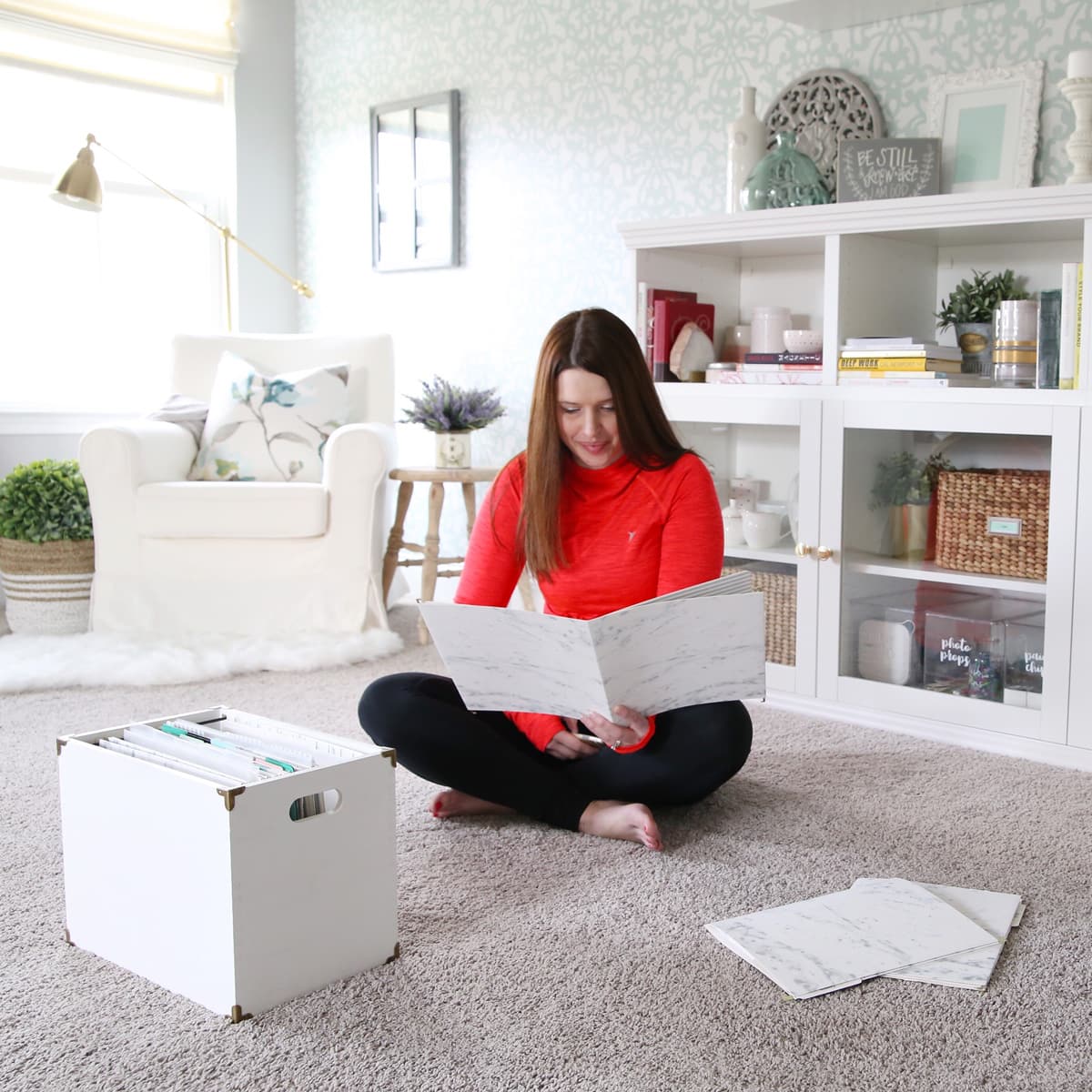

Decluttering Tips & Tricks
How To Let Go Of Things And Declutter
Modified: January 18, 2024
Discover effective decluttering tips and tricks to help you let go of things and create a more organized and spacious living environment. Simplify your life with our expert advice.
(Many of the links in this article redirect to a specific reviewed product. Your purchase of these products through affiliate links helps to generate commission for Storables.com, at no extra cost. Learn more)
**
Introduction
**
Decluttering is more than just tidying up physical spaces; it's a transformative process that can bring a sense of clarity, peace, and productivity to your life. In a world filled with material possessions and constant distractions, the art of letting go and decluttering has become increasingly essential. Whether you're looking to create a more serene home environment, boost your mental well-being, or simply make room for new experiences, decluttering is a powerful tool that can help you achieve these goals.
In this comprehensive guide, we will delve into the art of letting go and decluttering, exploring the importance of embracing minimalism, identifying what to declutter, and providing practical tips for releasing the hold that material possessions may have on you. We'll also discuss how to organize and maintain a clutter-free space, ensuring that the benefits of decluttering extend far beyond the initial clean-up.
So, if you're ready to embark on a journey of self-discovery, simplicity, and a more harmonious living environment, join us as we uncover the secrets of letting go and decluttering.
**
Key Takeaways:
- Letting go and decluttering can bring mental clarity, emotional liberation, and a more intentional way of living, leading to a fulfilling and harmonious existence.
- Identifying what to declutter, practicing mindfulness, and maintaining a clutter-free space are essential steps in the transformative journey of decluttering, creating space for what truly matters.
Understanding the Importance of Letting Go
**
Letting go of possessions, habits, and emotions can be a daunting prospect, but the rewards of doing so are immeasurable. By embracing the concept of minimalism and decluttering, you open the door to a host of benefits that extend far beyond a tidy living space.
One of the primary advantages of letting go is the mental and emotional clarity it brings. When our physical surroundings are cluttered, our minds often reflect this chaos. By releasing unnecessary items and simplifying our environment, we create a sense of calm and focus that can positively impact our overall well-being.
Beyond the mental benefits, decluttering also allows us to reassess our priorities and values. It encourages us to question the true significance of the things we own and the role they play in our lives. This process of introspection can lead to a greater sense of gratitude for what we have, as well as a newfound understanding of what truly brings us joy and fulfillment.
Moreover, letting go can free up valuable time and resources. When we are no longer bogged down by excess belongings or commitments, we gain the freedom to pursue our passions, cultivate meaningful relationships, and engage in activities that truly resonate with our authentic selves.
From a practical standpoint, decluttering can also lead to financial savings. By curating a collection of possessions that truly serve a purpose, we can avoid unnecessary spending on items that only contribute to clutter. This, in turn, allows us to allocate our resources towards experiences and investments that hold greater value.
Ultimately, the importance of letting go lies in its ability to create space—both physically and metaphorically—for growth, self-discovery, and a more intentional way of living. By understanding and embracing this concept, we can pave the way for a more fulfilling and harmonious existence.
**
Identifying What to Declutter
**
As you embark on your decluttering journey, it’s crucial to identify the areas of your life that may benefit from simplification. While physical possessions are often the first to come to mind, decluttering encompasses a broader spectrum, including mental and emotional aspects. Here are some key areas to consider when identifying what to declutter:
Physical Possessions:
Start by assessing your living space, room by room. Look for items that no longer serve a practical purpose, bring you joy, or hold sentimental value. This could include clothes that haven’t been worn in years, duplicate kitchen gadgets, or decorative items that no longer resonate with your aesthetic preferences. By carefully evaluating each item, you can begin to distinguish between what adds value to your life and what simply adds to the clutter.
Digital Clutter:
In today’s digital age, decluttering extends beyond physical belongings to encompass our virtual environments. Take the time to sift through your digital files, emails, and apps, deleting or organizing those that are obsolete or no longer relevant. Streamlining your digital space can lead to improved productivity and a clearer digital mindset.
Time Commitments:
Consider decluttering your schedule by evaluating your time commitments and obligations. Are there activities or responsibilities that no longer align with your priorities or bring you fulfillment? By decluttering your calendar, you can create space for activities that truly resonate with your values and goals.
Emotional Baggage:
Emotional clutter can weigh heavily on our well-being. Take the opportunity to assess any emotional baggage or negative thought patterns that may be holding you back. This could involve letting go of grudges, forgiving yourself for past mistakes, or seeking closure in unresolved situations. By addressing emotional clutter, you can experience a profound sense of liberation and inner peace.
By identifying and addressing these various forms of clutter, you can lay the foundation for a more intentional and fulfilling life. The process of decluttering is not solely about discarding physical items; it’s about creating space for what truly matters and aligning your life with your authentic self.
**
When decluttering, ask yourself if an item brings you joy or serves a purpose. If not, let it go. This will help you create a more organized and peaceful living space.
Tips for Letting Go of Things
**
Letting go of possessions can be an emotional and challenging process, but with the right mindset and approach, it can also be incredibly liberating. Here are some practical tips to help you navigate the process of decluttering and release the hold that material possessions may have on you:
Practice Mindfulness:
Approach decluttering with a mindful mindset. Take the time to reflect on the significance of each item and consider whether it aligns with your current values and lifestyle. Mindfulness can help you make deliberate decisions about what to keep and what to let go of.
Embrace the KonMari Method:
Consider adopting the principles of the KonMari method, popularized by Marie Kondo. This approach involves evaluating each item based on whether it sparks joy in your life. By focusing on the emotional connection to your possessions, you can make more conscious choices about what to keep and what to discard.
Set Realistic Goals:
Break down the decluttering process into manageable tasks and set realistic goals for each session. Whether it’s tackling a specific room or category of items, having a clear plan can help prevent overwhelm and keep you motivated throughout the process.
Utilize the One-Year Rule:
When in doubt about whether to keep or discard an item, consider the one-year rule. If you haven’t used or thought about the item in the past year, it may be time to let go of it. This guideline can help you discern between items with genuine utility or sentimental value and those that are simply taking up space.
Practice Gratitude:
Express gratitude for the items you choose to let go of. Acknowledge the role they played in your life and the joy they may have brought you. By expressing gratitude, you can release them with a sense of appreciation rather than guilt or attachment.
Donate or Recycle Responsibly:
Consider the environmental impact of your decluttering efforts. Whenever possible, donate items in good condition to charitable organizations or recycle them responsibly. Knowing that your belongings may find new life and purpose elsewhere can make the act of letting go more meaningful.
By incorporating these tips into your decluttering journey, you can navigate the process with greater ease and intention. Remember that letting go is not about deprivation; it’s about creating space for the things that truly enrich your life and align with your values.
**
Organizing and Maintaining a Clutter-Free Space
**
Once you’ve decluttered your living space, the next step is to organize and establish systems that will help maintain a clutter-free environment. By implementing practical strategies and habits, you can ensure that the benefits of decluttering endure over time. Here are some key approaches to organizing and maintaining a clutter-free space:
Implement Storage Solutions:
Invest in storage solutions that align with your decluttered lifestyle. Utilize storage bins, baskets, and organizers to keep items neatly arranged and easily accessible. Consider using vertical space and optimizing closet and cabinet storage to maximize the use of available space.
Adopt a “One In, One Out” Rule:
Establish a rule that for every new item brought into your home, an existing item must be let go. This practice encourages mindfulness about new purchases and prevents the accumulation of unnecessary belongings.
Regular Maintenance Sessions:
Set aside regular maintenance sessions to reassess your living space and address any potential clutter. This could involve a quick sweep through your home to identify items that have accumulated and may need to be reevaluated or let go of.
Create Designated Spaces:
Assign specific spaces for different categories of items to maintain organization. Whether it’s a designated area for keys and mail, a pantry for food items, or a section for children’s toys, clearly defined spaces can prevent clutter from spreading throughout your home.
Practice Daily Tidying:
Incorporate daily tidying routines into your lifestyle to prevent clutter from building up. Spend a few minutes each day putting items back in their designated places and addressing any potential sources of clutter. Consistent tidying habits can help maintain a sense of order and calm in your living environment.
Regularly Assess Your Belongings:
Periodically reassess your possessions to ensure that they continue to align with your values and needs. As time passes, our priorities and preferences may evolve, and it’s important to adjust our belongings accordingly to prevent clutter from reemerging.
By incorporating these strategies into your daily life, you can create an organized and harmonious living space that supports your well-being and reflects your intentional approach to possessions. Remember that maintaining a clutter-free environment is an ongoing practice that requires mindfulness and commitment, but the rewards of a serene and balanced home make the effort worthwhile.
**
Conclusion
**
Embarking on a journey of letting go and decluttering is not merely about creating a tidy living space; it’s a profound exploration of simplicity, mindfulness, and self-discovery. By understanding the importance of letting go, identifying areas to declutter, and implementing practical tips for releasing the hold of material possessions, you can pave the way for a more intentional and fulfilling life.
As you navigate the process of decluttering, remember that it’s a deeply personal and transformative experience. It’s about creating space—physically, mentally, and emotionally—for the things that truly matter and align with your values. Whether it’s releasing unnecessary belongings, simplifying your digital space, or reassessing your time commitments, each step toward decluttering is a step toward greater clarity and harmony in your life.
Organizing and maintaining a clutter-free space is the culmination of this process, allowing you to enjoy the enduring benefits of decluttering. By implementing storage solutions, adopting mindful habits, and regularly reassessing your belongings, you can create an environment that supports your well-being and reflects your intentional approach to possessions.
Ultimately, the art of letting go and decluttering is a continuous journey—one that invites you to embrace simplicity, mindfulness, and a deeper connection to the things that truly enrich your life. As you navigate this journey, may you find joy in the freedom that comes with letting go, and may your decluttered space serve as a sanctuary for growth, creativity, and a renewed sense of purpose.
So, take a deep breath, trust in the process, and remember that decluttering is not just about tidying up—it’s about creating space for the extraordinary possibilities that await once you let go of the unnecessary and embrace the essence of what truly matters.
Frequently Asked Questions about How To Let Go Of Things And Declutter
Was this page helpful?
At Storables.com, we guarantee accurate and reliable information. Our content, validated by Expert Board Contributors, is crafted following stringent Editorial Policies. We're committed to providing you with well-researched, expert-backed insights for all your informational needs.

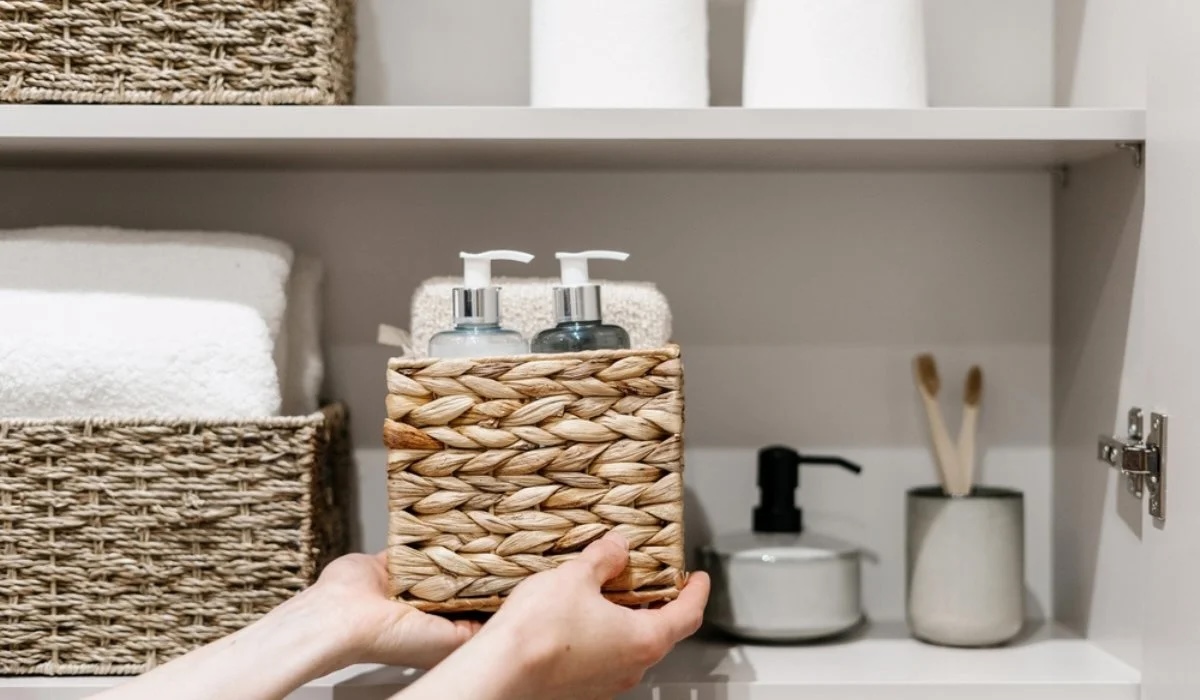
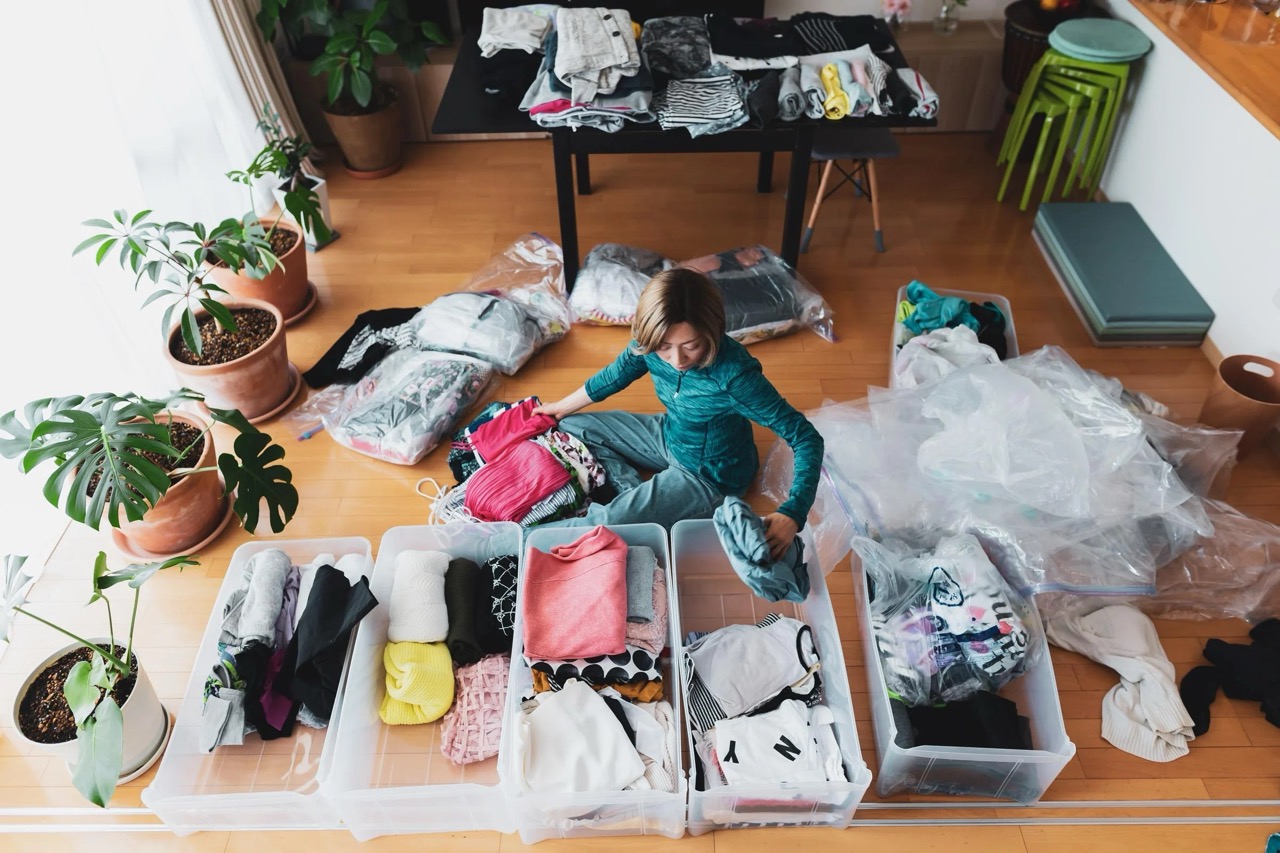
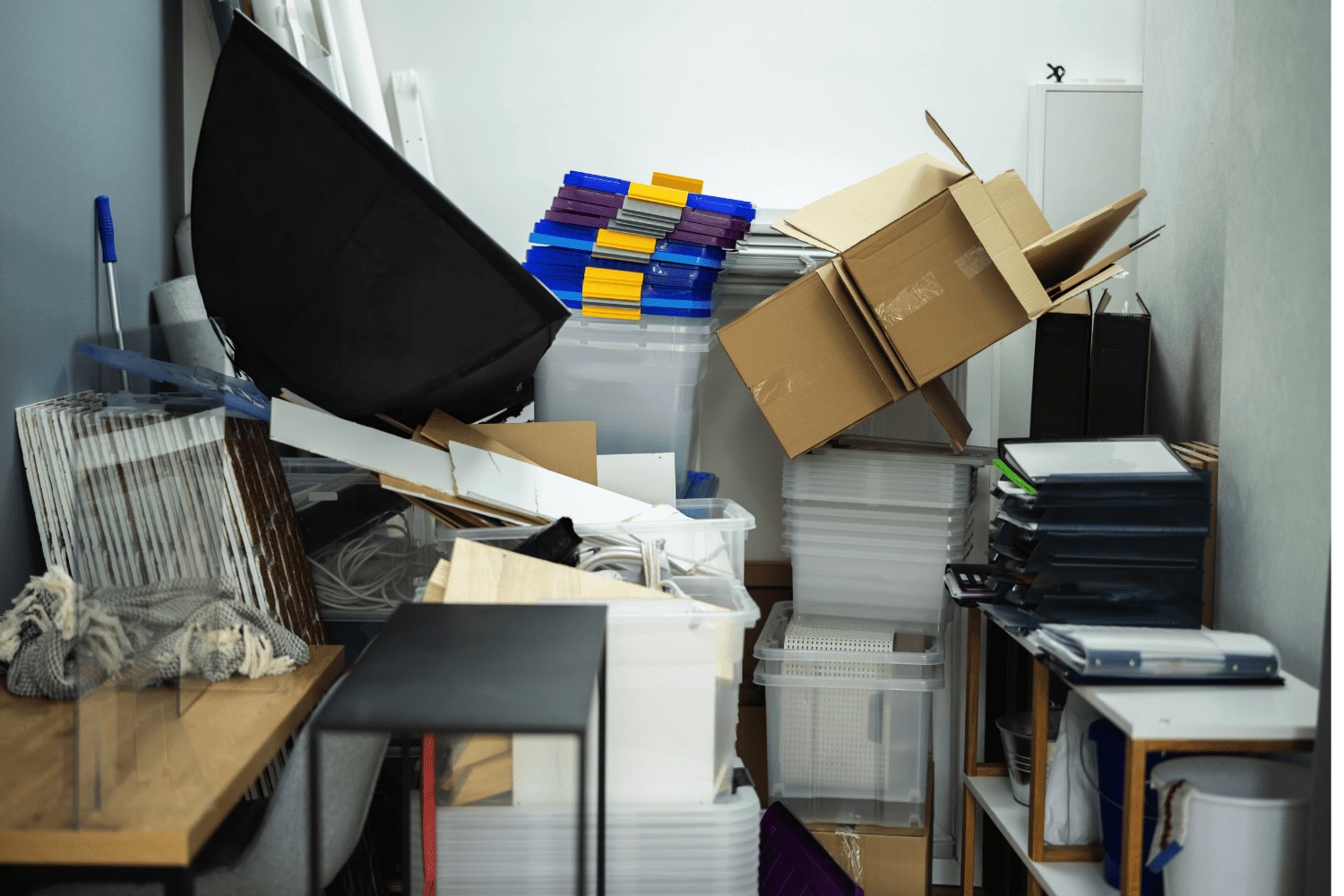
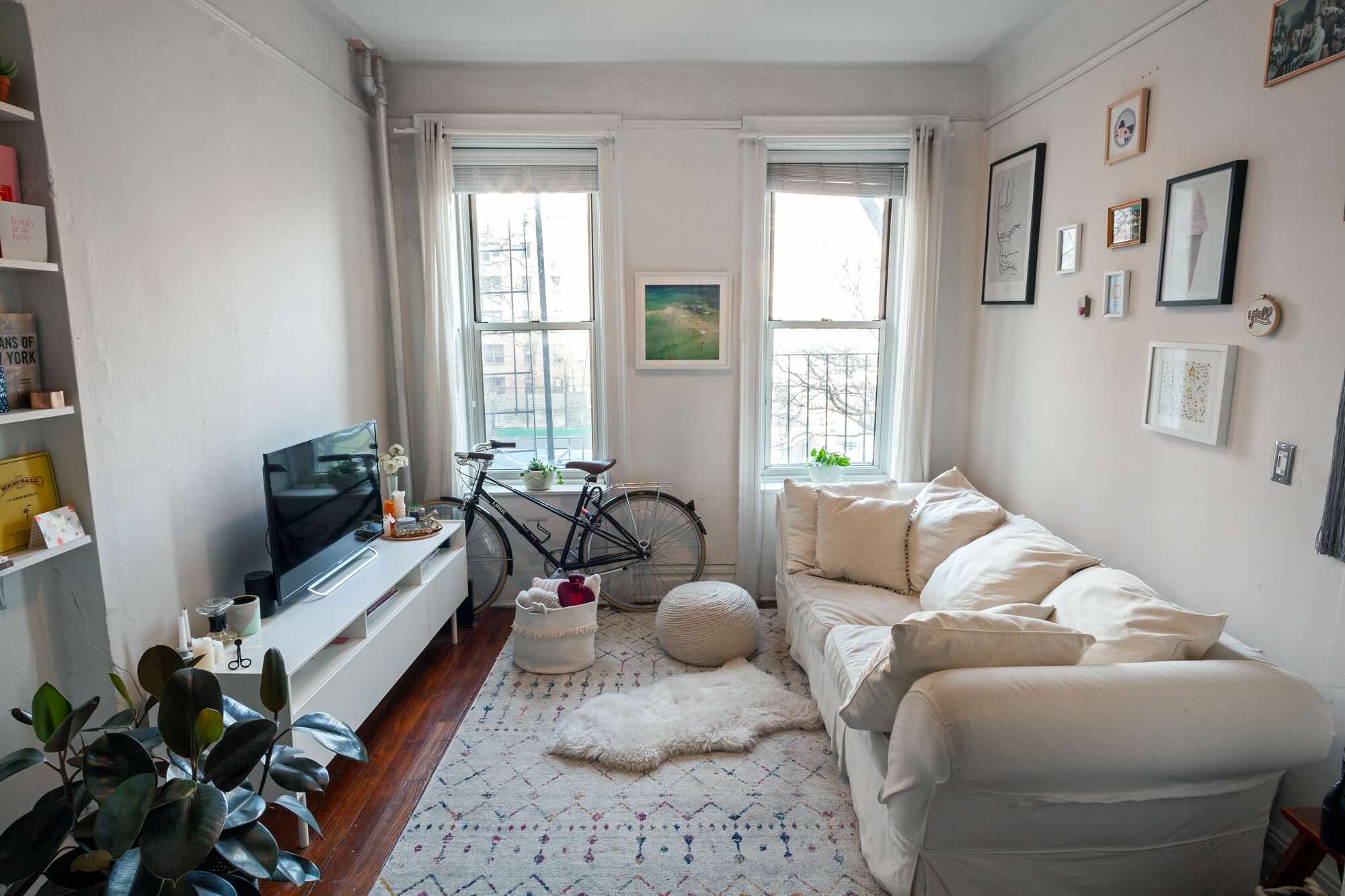
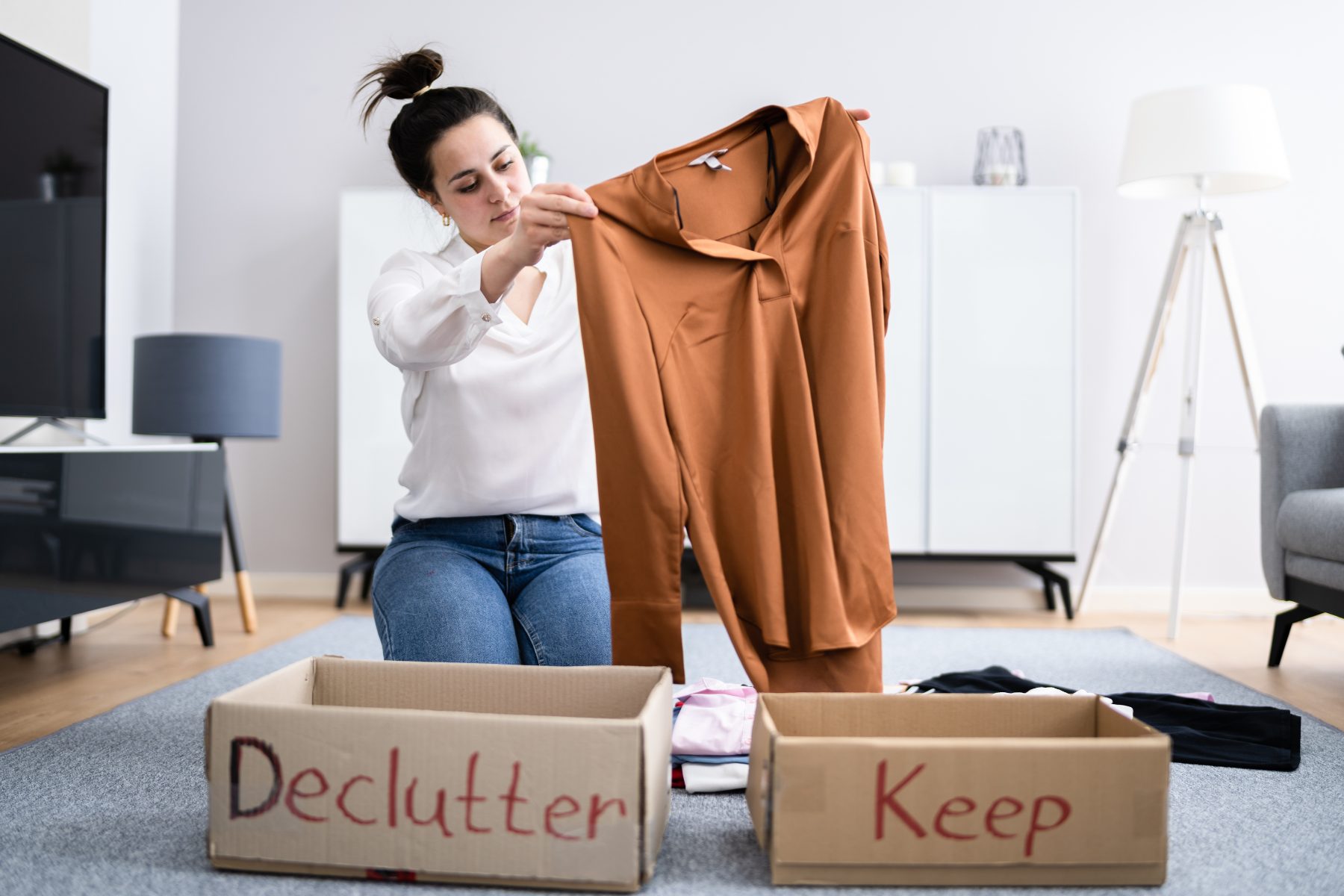
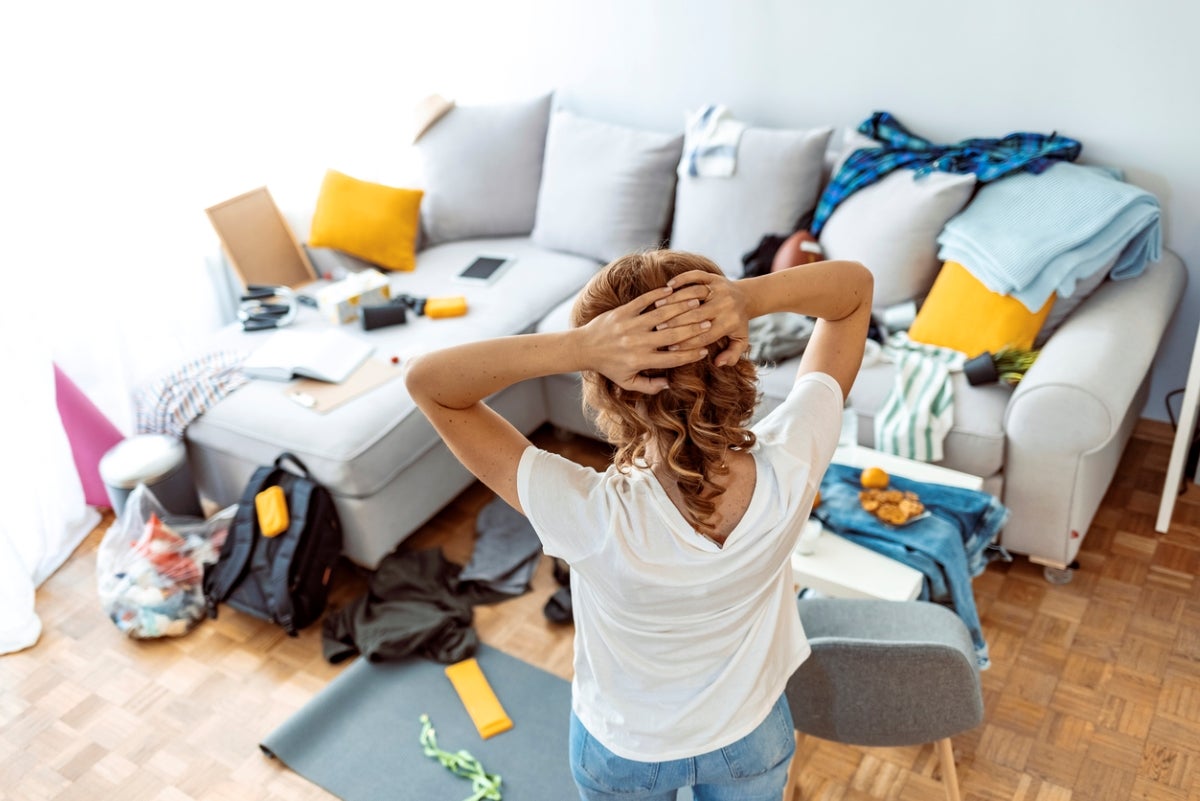
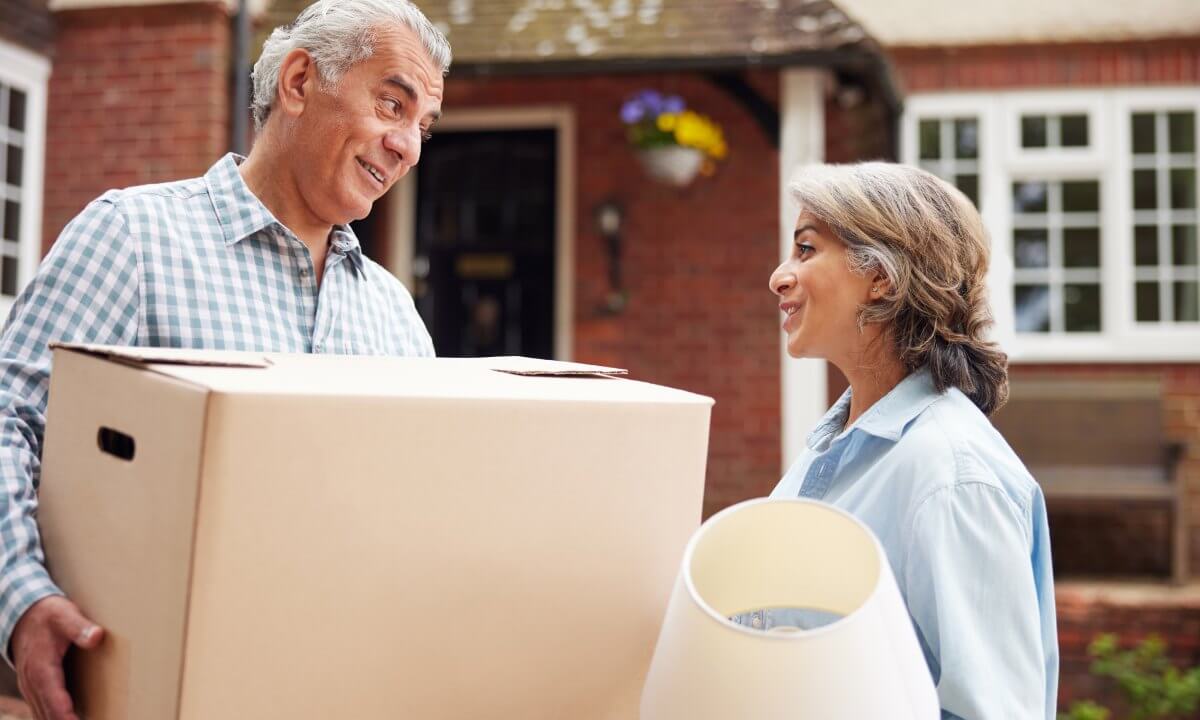
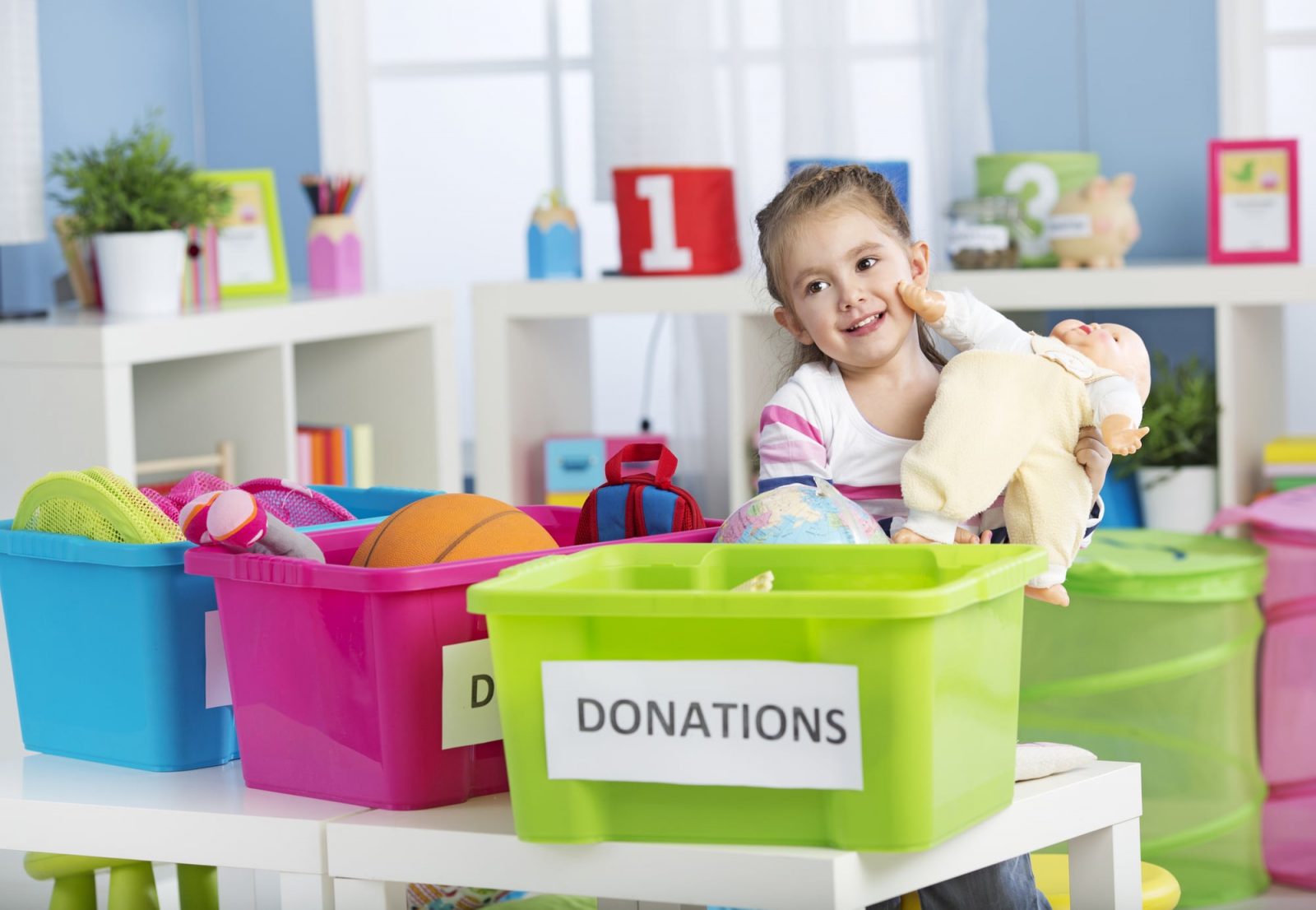
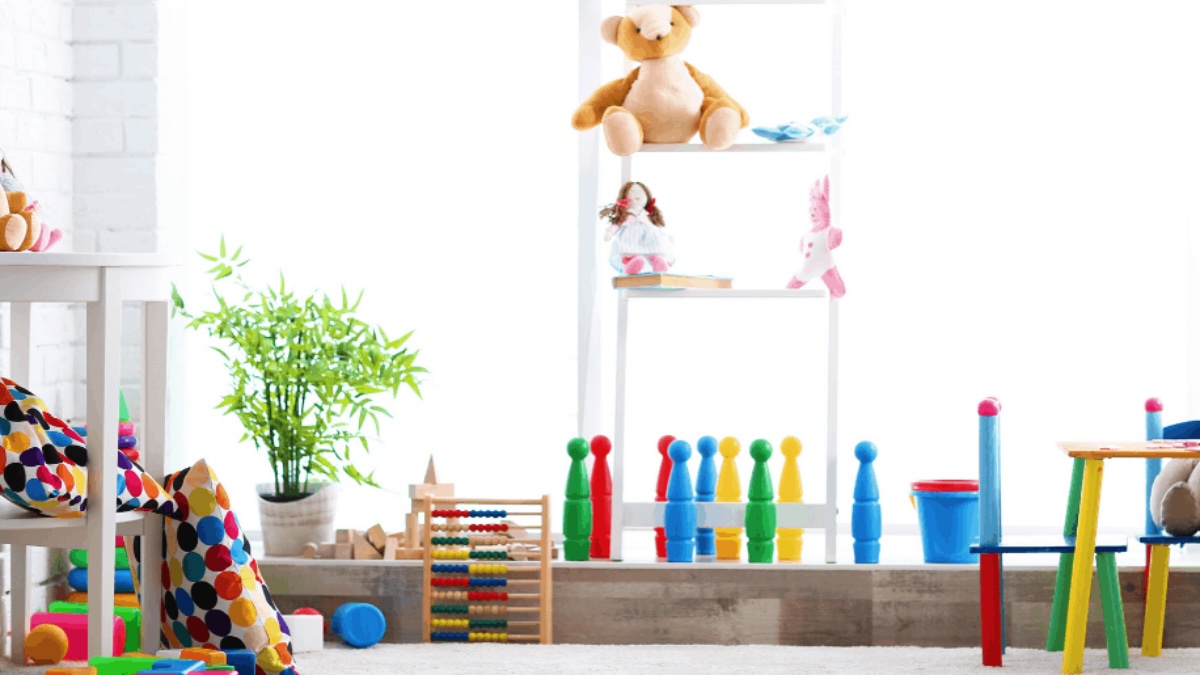
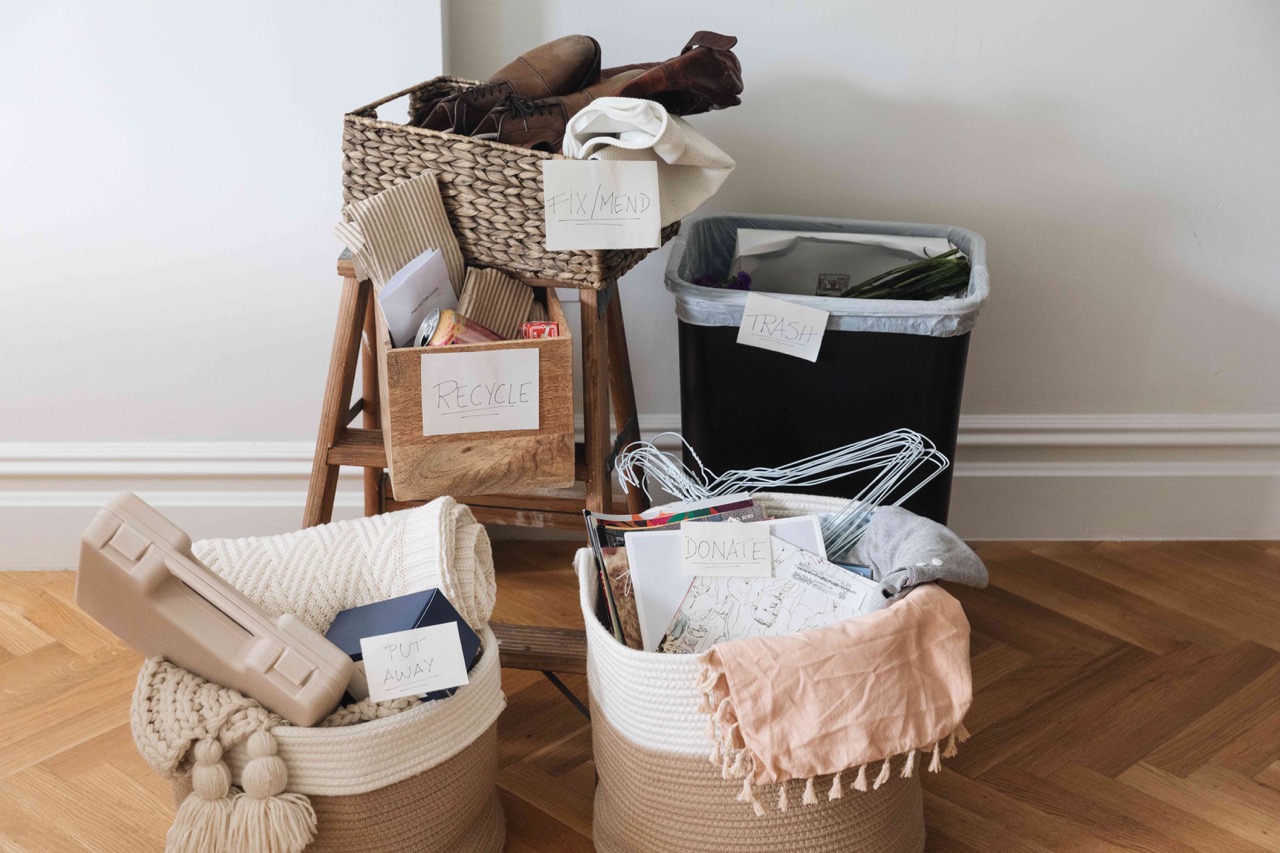
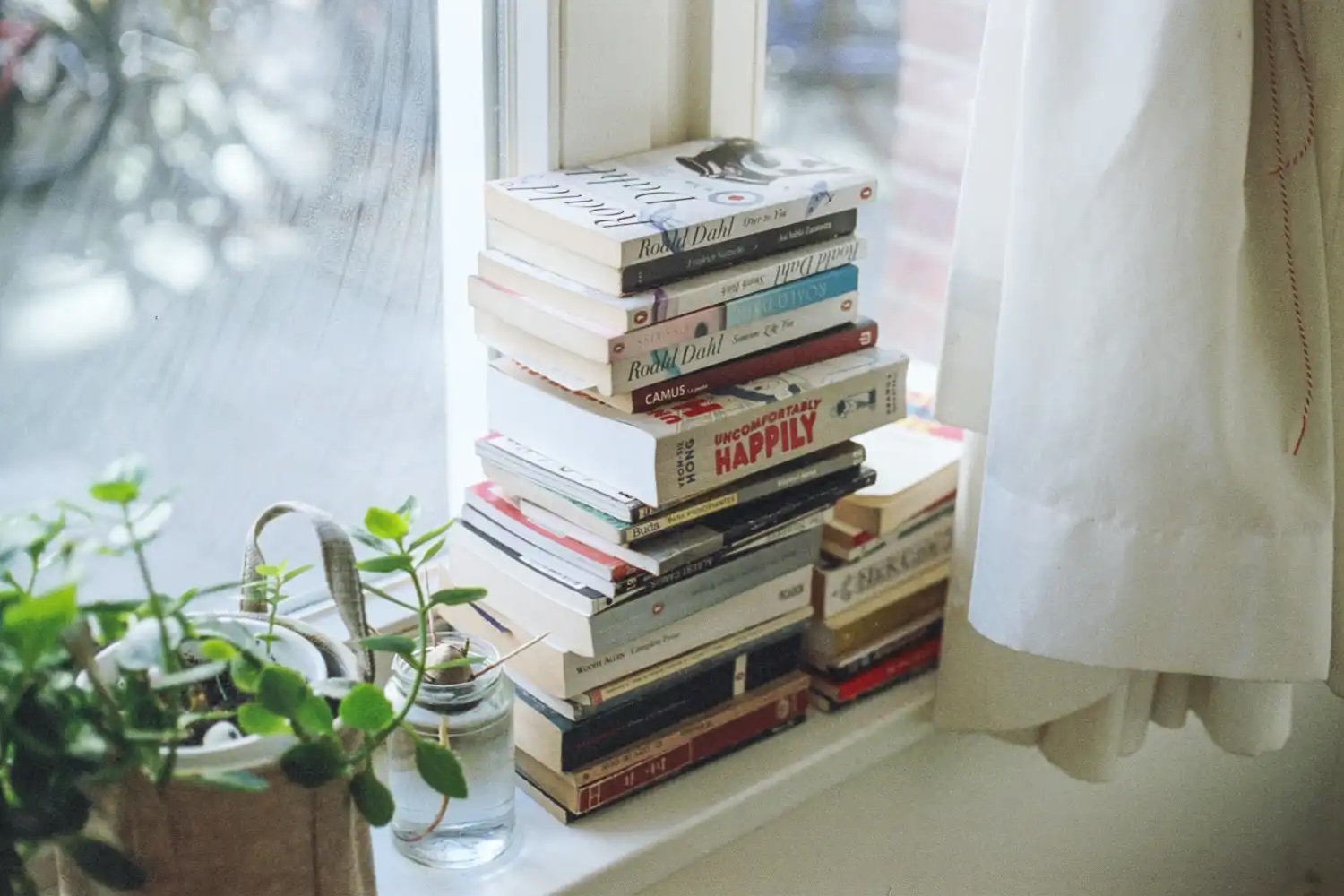
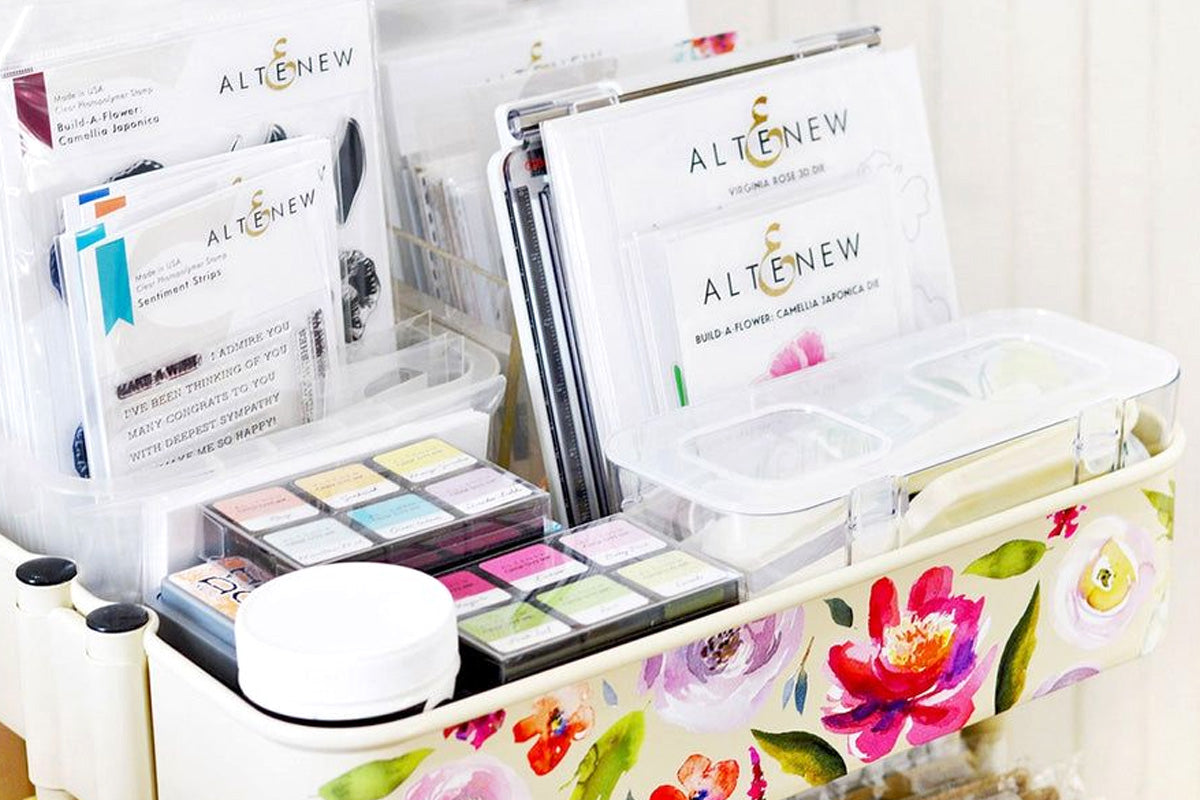


0 thoughts on “How To Let Go Of Things And Declutter”